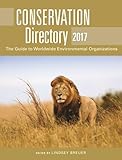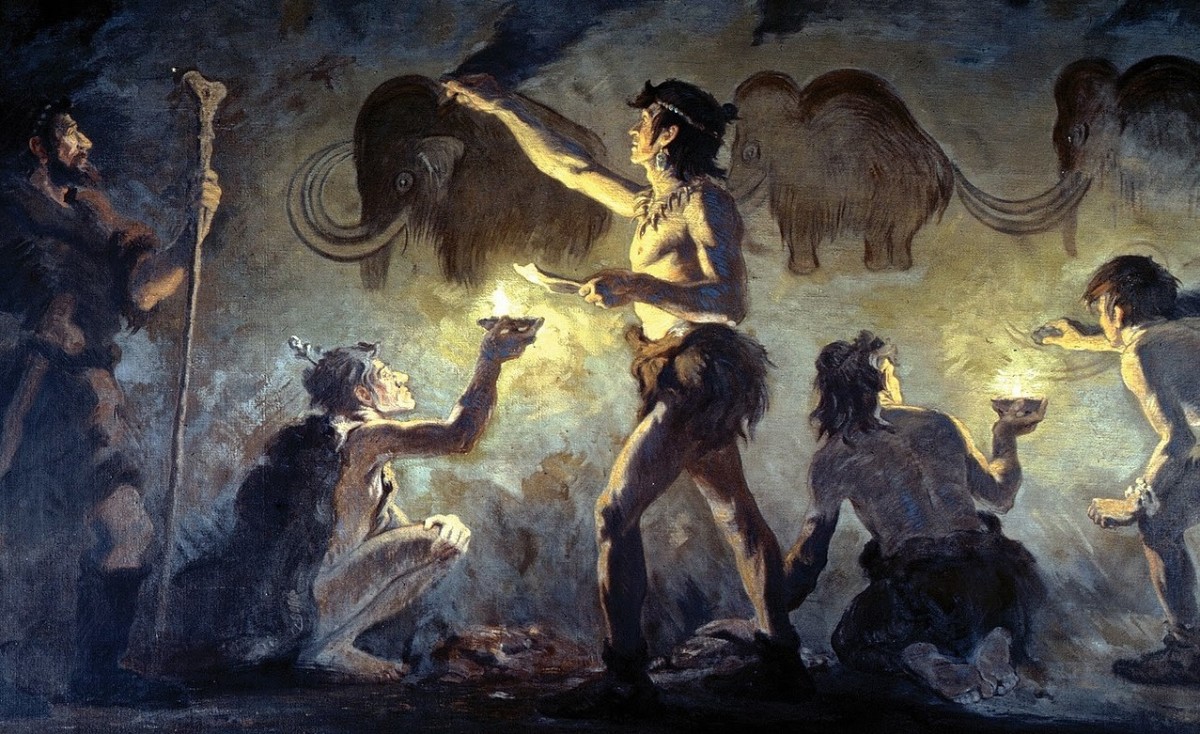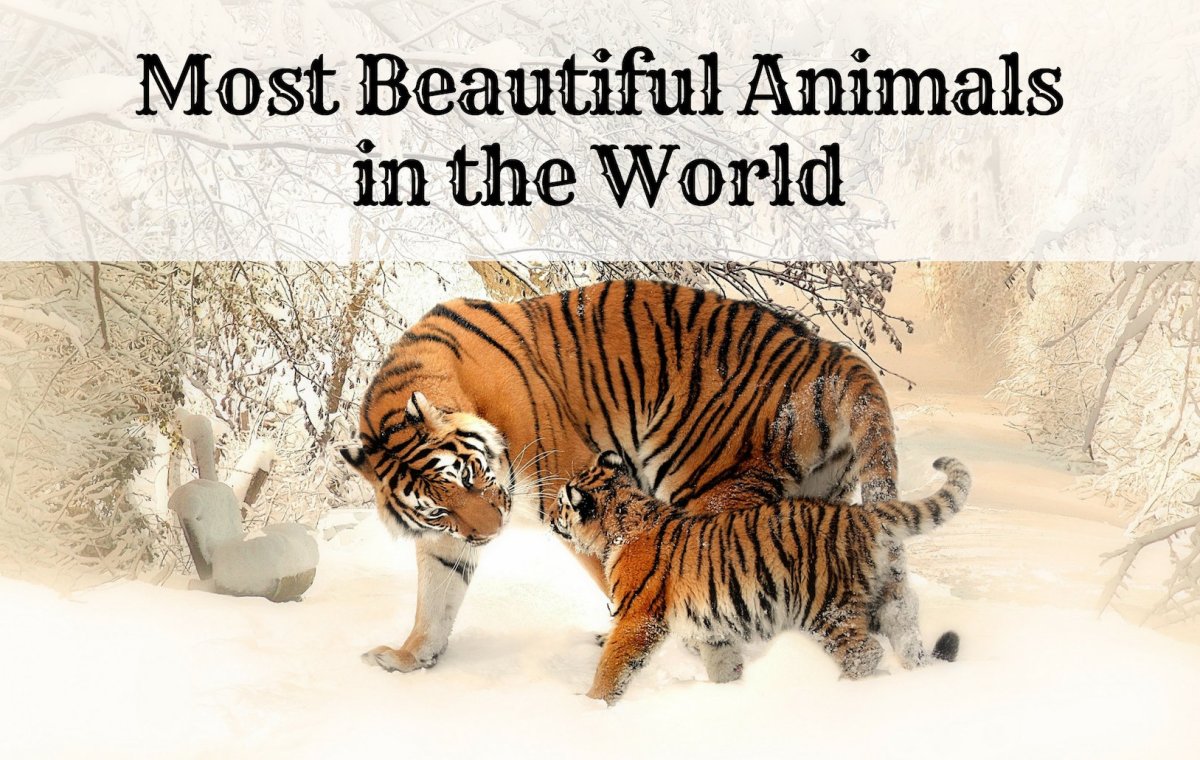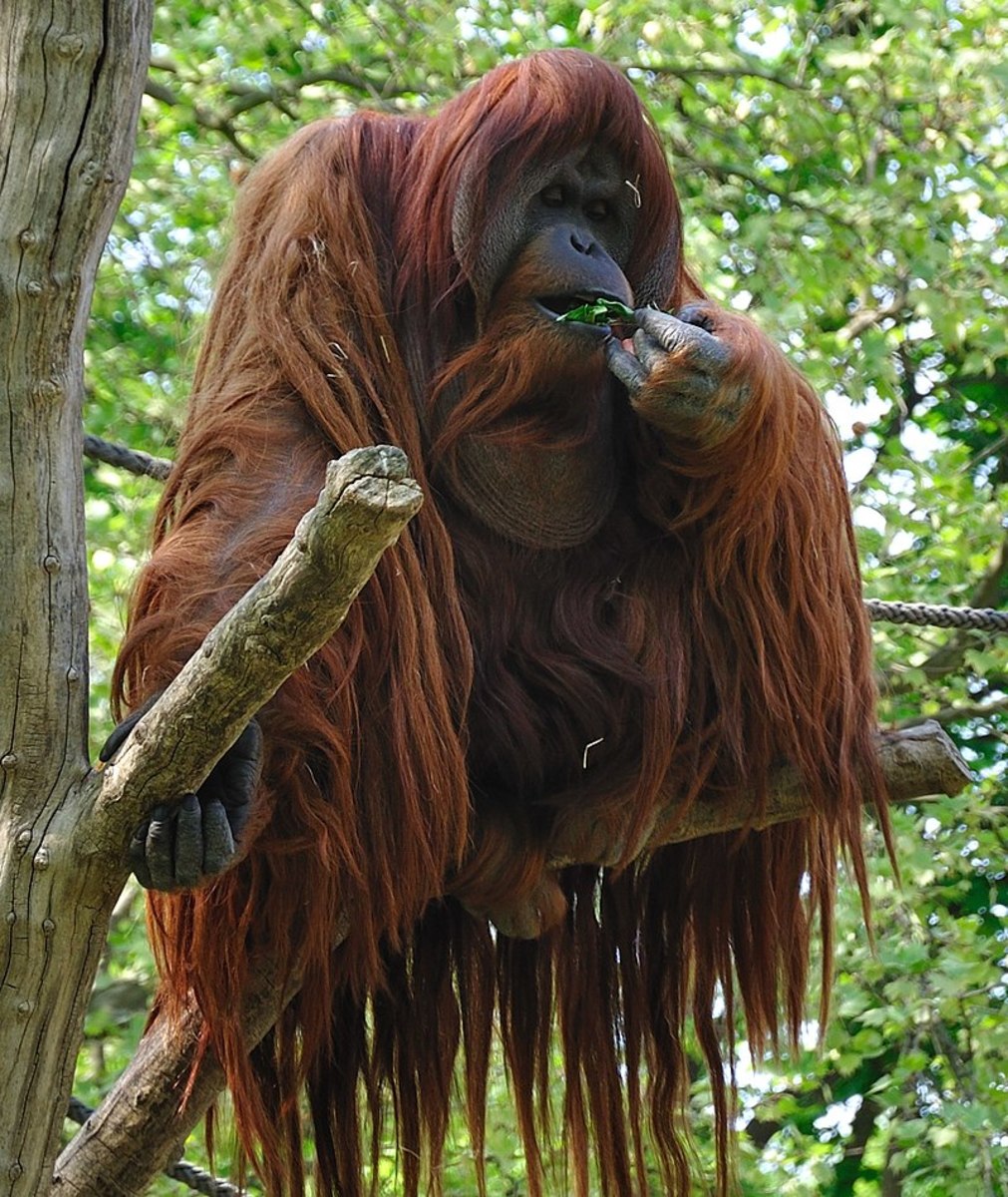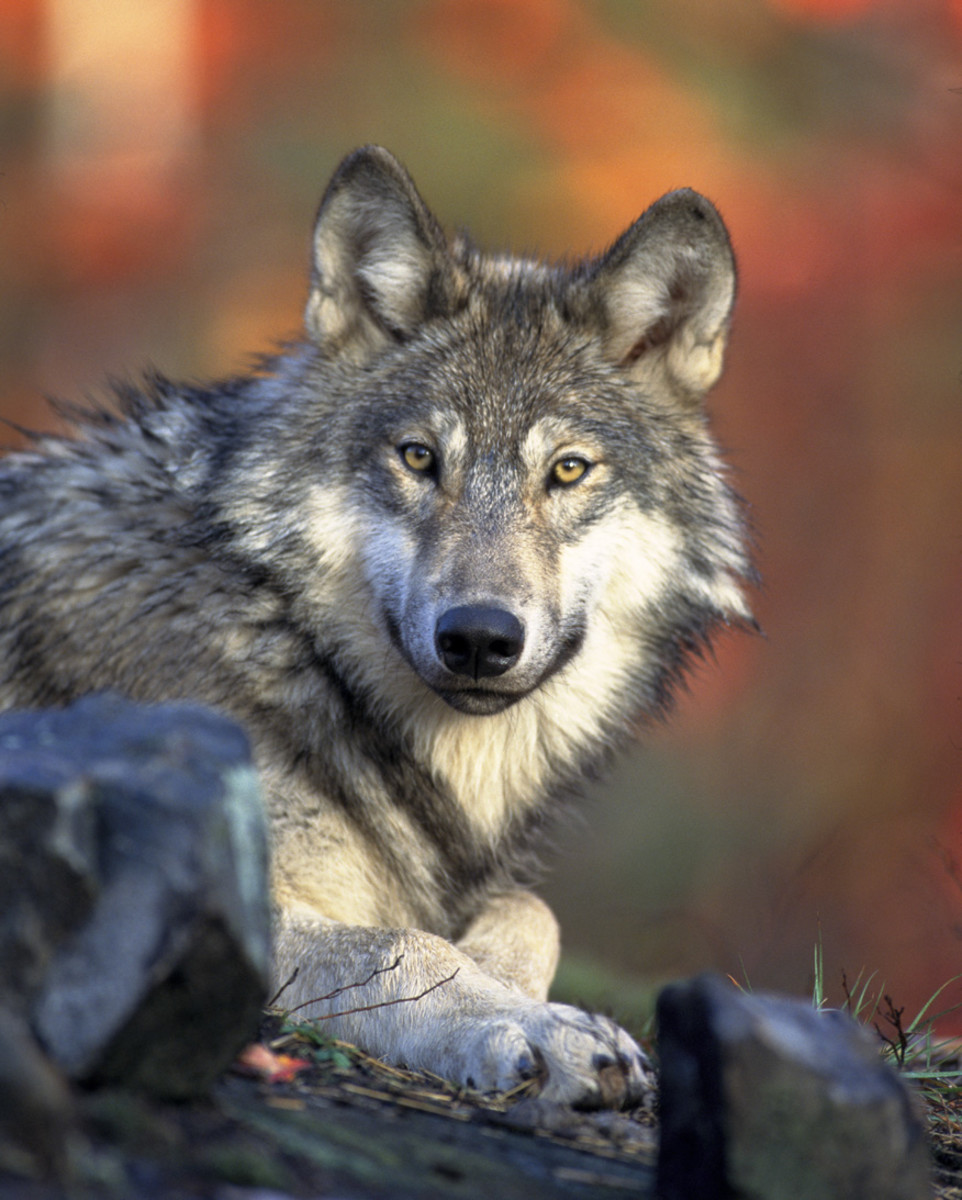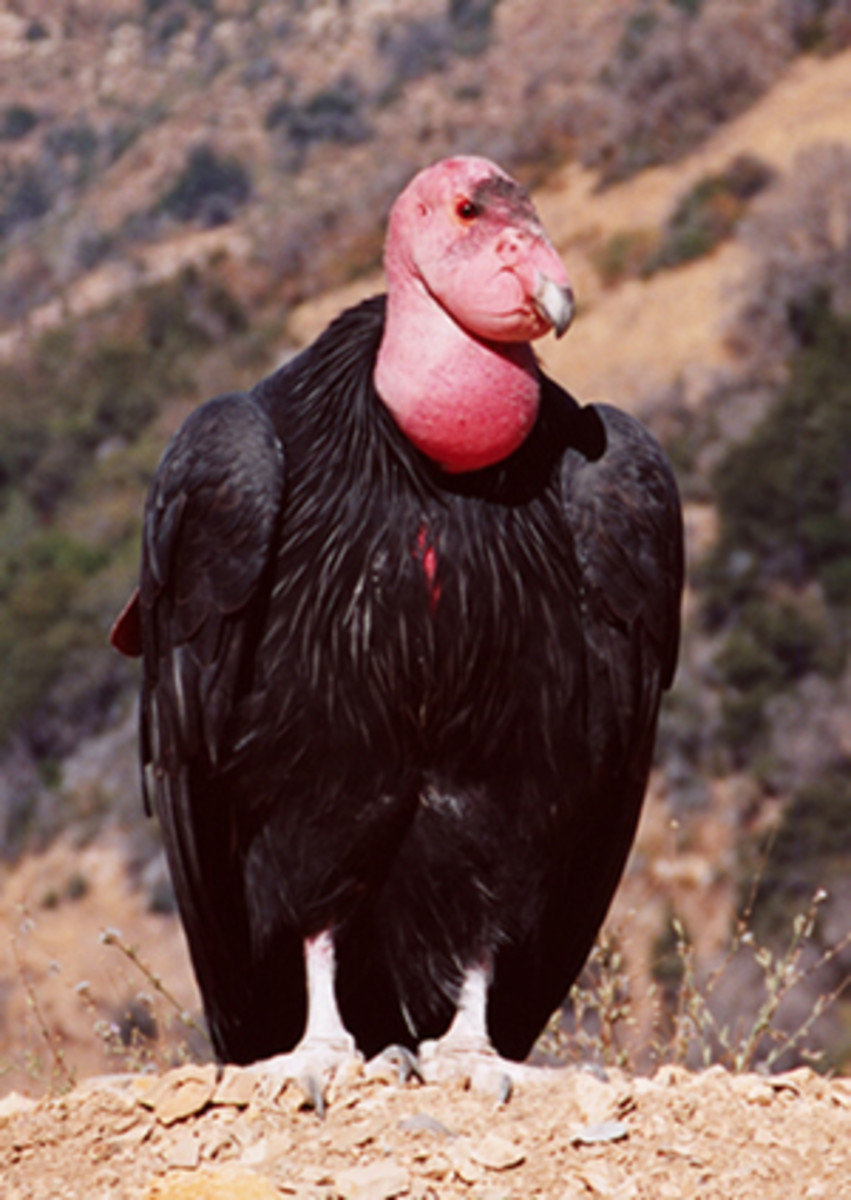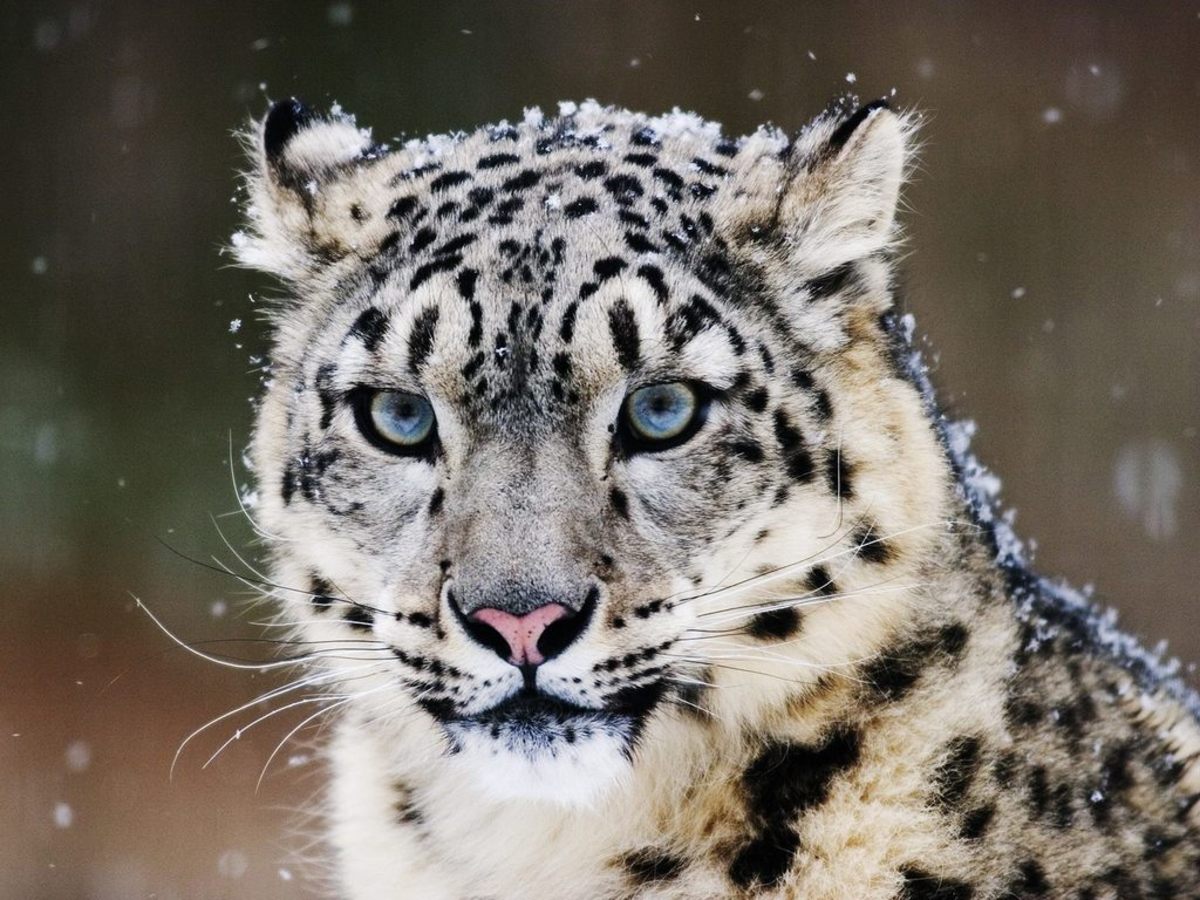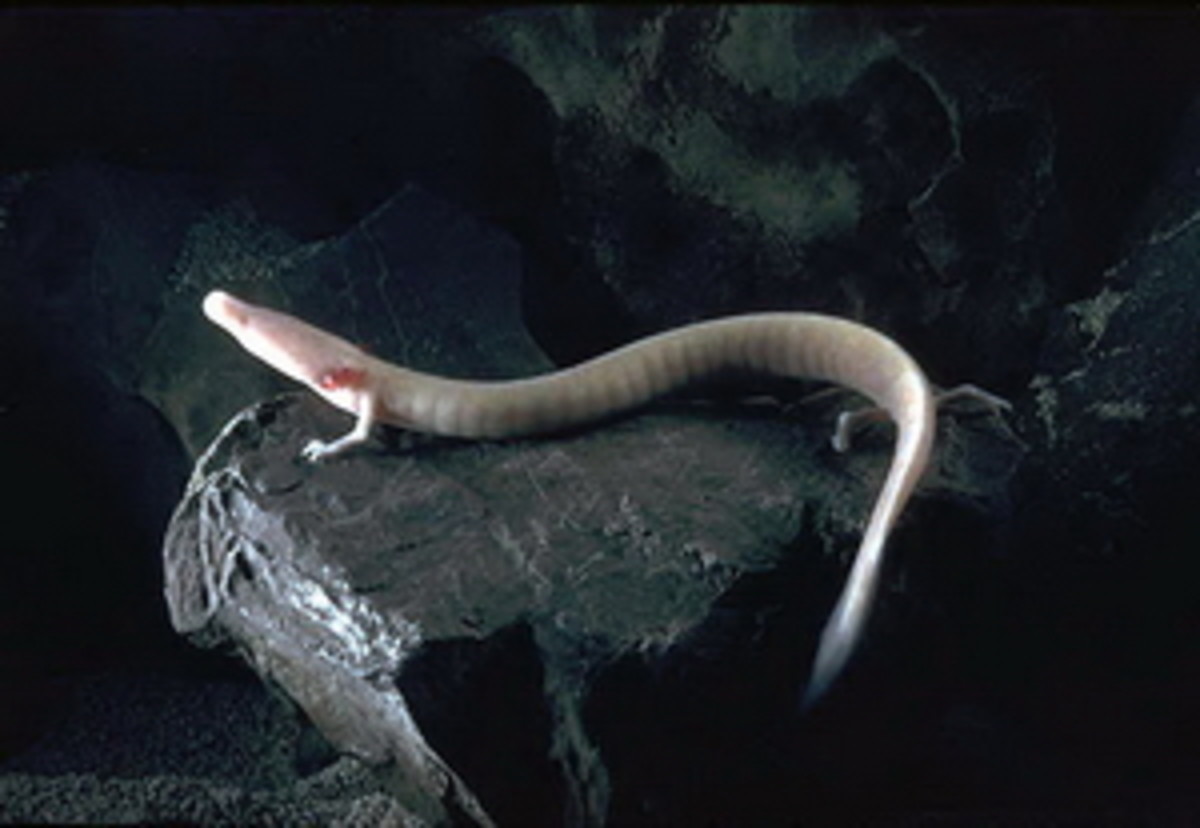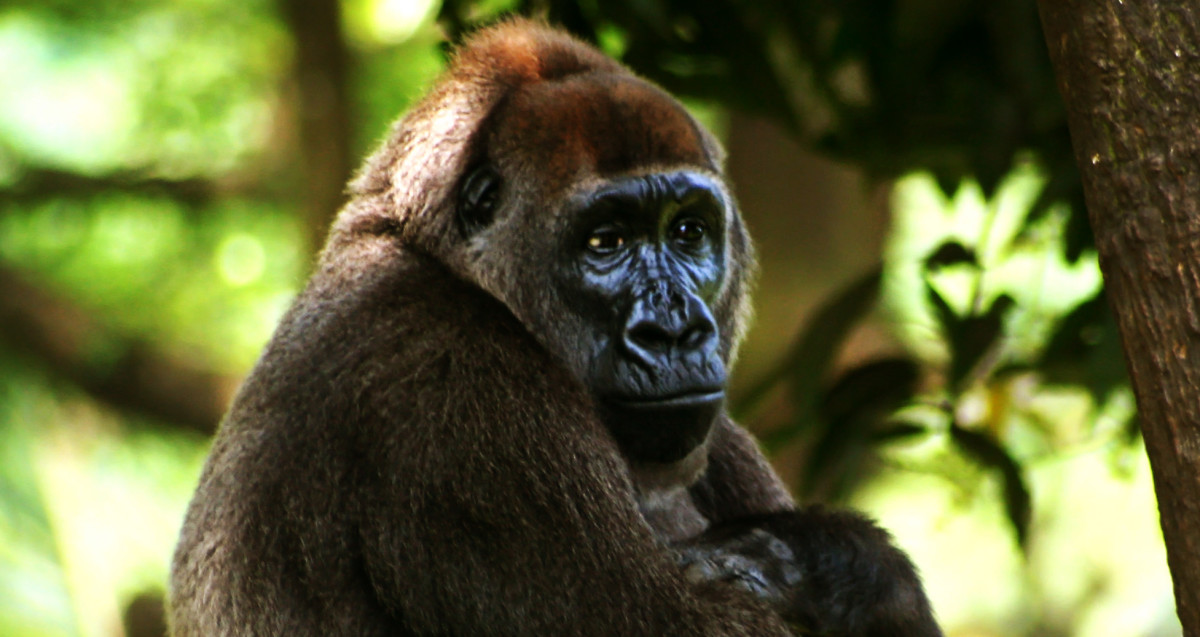- HubPages»
- Education and Science»
- Life Sciences»
- Endangered Species
Globally Endangered to Extinct Wild Animals In the Past 40 Years
Spix's Macaw
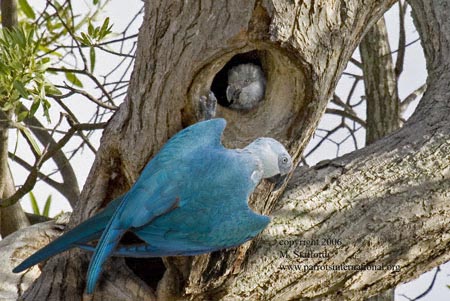
My Catalyst
I cannot help but watch the flittering birds arrive with the warmth of the spring. We have had squirrels feeding from our gardens throughout the winter, but this spring has arrived early and with it, many of our feathered friends.
Last day, a pair of yellow finches arrived and landed in the tree in our backyard. Their beautiful color stood out against the young bright green shoots of the new leaves on the tree. As they perched, they sang their spring song and upon finishing their duet, they fluttered off.
When I watched them, I realized how few sightings of these beautiful birds have become. I began to think about why. Is it because of global warming? Perhaps their natural habitat is being destroyed? Maybe there has been an increase in the population of their natural predators? All these questions, and not enough answers.
I turned, as I quite often do, to the internet to see if I could find some answers. I scanned and searched and read many articles, but I did not find a single answer that answered my specific query. Instead, I found startling news.
As we are aware, the world’s population has been growing steadily. As the population grows, humans have expanded their domain for living quarters and territory for growing food. A result of this, we have displaced animals, fauna and caused huge impacts on the natural life cycle of nature.
I read some startling facts and it has affected me to the core. As humans infringe into the natural habitats of other living organisms, only two things can happen. The organism must adapt quickly to environmental changes or it will die. Granted there is more international awareness of human impact on nature, but there are still animals and fauna that are endangered or have become extinct. Some of these species have become extinct in the past 40 years – all within one’s lifetime.
I can name at least ten species that have become extinct within my lifetime. Sit down and hang on tight for some shocking news.
Madeiran Large White Butterfly

1. Madeiran Large White Butterfly (2007)
This beautiful butterfly made it’s home in the Laurisilva forests on Portugal’s Madeira islands. The two major causes of this butterflies demise is pollution from agricultural fertilizers and loss of habitat due to construction. The Madeiran Large White butterfly became extinct in 2007.
West African Black Rhinoceros
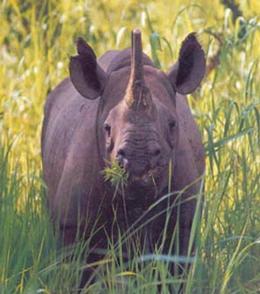
2. West African Black Rhinoceros (2006)
The West African Black Rhinoceros is one of four subspecies of rhinoceros. In 1960, there was an estimated population of more than 100,000 West African Black Rhinoceros. By 1980, they population had declined to 14,000. The West African Black Rhinoceros was hunted by poachers for its horn. Its horn was sold on the black market as some people in Yemen and China believed that the horn possesses aphrodisiacal powers. It is believed that poachers made the final push and hunted the remaining animals in Cameroon. The West African Black Rhinoceros was declared extinct in 2006.
Po'ouli
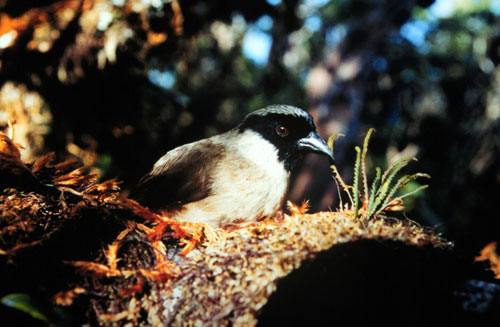
3. Po’ouli (2004)
The Po’ouli, also known as the Black-faced Honeycreeper, was a native of Maui, Hawaii and lived on the south western slope of Haleakala volcano. This bird was only discovered in the 1970s. Habitat loss, disease, predators and a decline in its food source, native tree snails were all contributions to the extinction of the Po’ouli. The population of the Po’ouli declined rapidly and by 1997, there were only three known specimens left. Attempts at breeding them failed. The Po’ouli became extinct in 2004.
Pyrenean Ibex
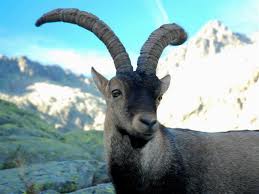
4. Pyrenean Ibex (2000)
The Pyrenean Ibex called the Pyrenees Mountain their home. This mountain range forms the natural border between France and Spain. The extinction of the Pyrenean ibex was a combination of habitat destruction, environmental factors and heavy poaching. The last natural Pyrenean ibex died in 2000, which officially marked the extinction of this species. However, a cloned ibex was created from skin samples that were taken from the last Pyrenean ibex. The clone was births in 2009 but it died shorter after birth from lung complications. Regardless, the Pyrenean ibex is now extinct.
Zanzibar Leopard (Mounted)
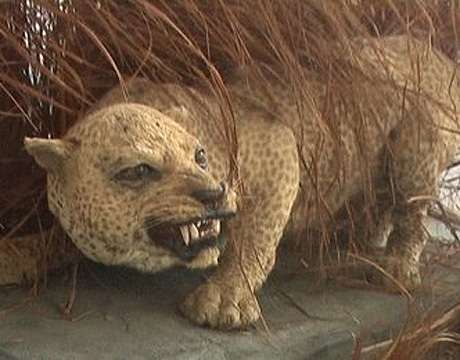
5. Zanzibar Leopard (1996)
Named after where it lived, on the Zanzibar archipelago of Tanzania, the local people believed that the leopards were kept by witches. As a result, they were aggressively hunted with the government endorsed the hunting using the reasoning that the Zanzibar leopard was an evil predator. By the mid 1990s, there was a short lived conservation attempt, but it was too late. The leopard became extinct in 1996.
Golden Toad
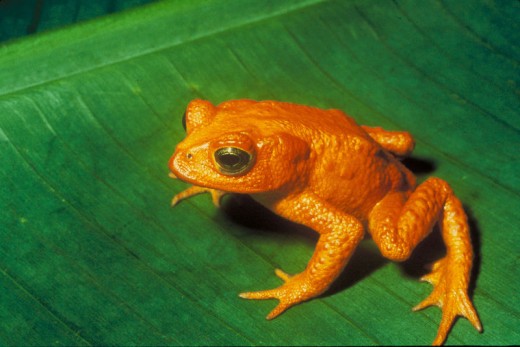
6. The Golden Toad (1989)
The golden toad was found in the high altitudes of Costa Rica. It was not the only amphibian to become extinct, but it was one of the brightest – it was fluorescent. Due to global warming, pollution and fungal skin infections, the golden toad became extinct in 1989.
Tecopa Pupfish
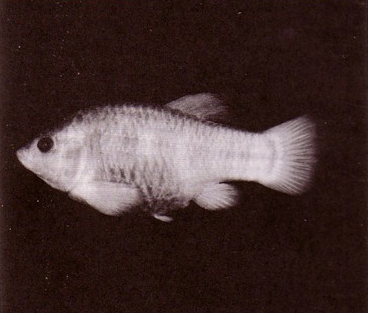
7. Tecopa Pupfish (1982)
The Tecopa pupfish was a native of the hot springs of the Mojave Desert which is located in South California, United States. The destruction of its natural habitat by developers is the cause of its extinction. It is the first animal to be declared extinct under the provisions of the Endangered Species Act of 1973. The Tecopa pupfish became extinct in 1982.
Javan Tiger
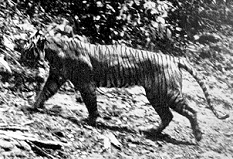
8. Javan Tiger (1979)
The Javan tiger was a native to the Indonesian island of Java. In the 1800s, they were so common that they were considered to be pests by island natives. As the island was developed, the Javan tiger loss its habitat to construction and agriculture. It’s population declined rapidly and conservation efforts during the 1940s and 1950s were unsuccessful. By the 1950s, only 20 Javan tigers remained. They became extinct in 1979.
Dutch Alcon Blue Butterfly
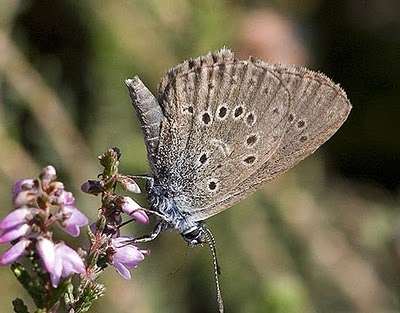
9. Dutch Alcon Blue Butterfly (1979)
A subspecies of the Alcon Blue, the Dutch Alcon blue butterfly made its home in the grasslands of The Netherlands. With an increase in farming and building, the Dutch Alcon Blue butterfly’s habitat was destroyed and along with it, its main food source. The last wild butterfly was seen in 1979. The wild Dutch Alcon Blue butterfly became extinct in 1979.
Round Island Burrowing Boa
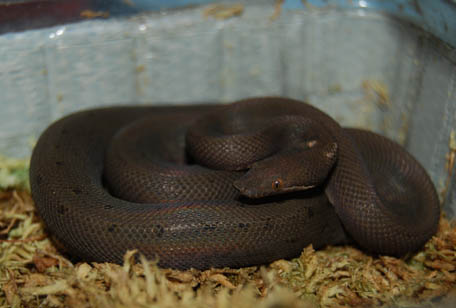
10. Round Island Burrowing Boa (1975)
The Round Island burrowing boa lived in the topsoil layers of the volcanic slopes on Round Island, a tiny island off the coast of the Republic of Mauritius, which is located off the southeast coast of Africa. It was once found on several other islands around the Republic of Mauritius but the introduction of non-native animals, such as rabbits and goats began destroying the Round Island burrowing boa’s habitat and vegetation. Its population rapidly declined by the 1940s and by 1949, it could only be found on Round Island. It became extinct in 1975.
What I've Learned
Unfortunately, all I have to show you how beautiful these animals were are photos. I cannot help but wonder what species are next today, tomorrow, next week, next year. Then that leads me to wonder how this planet will survive when more species die. With the extinction of each species, a piece of the completed puzzle is lost. Eventually, the holes in the puzzle become more. Larger. What happens when the puzzle can no longer hold itself together? What then?
My goal is to bring awareness of this to our own home, our own backyard by showing you that extinction is still happening today. The ones I have listed are already extinct, but there are thousands of species that are on the verge of extinction, known as endangered. There is hope for these species, but time is of the essence to help save them as it is now too late for those that have perished forever.
Hope can be found in the successful conservation efforts for Spix's Macaw. Once a wild population of 30 breeding pairs, they were rendered extinct in the wild due to trapping, hunting and the introduction of honeybees. The global efforts of conservation groups brought together owners of the captured birds who have since been successfully bred.
Hope, belief and action can help save many more species.
Copyright Beth100
© August 4, 2010
© 2010 Beth100

